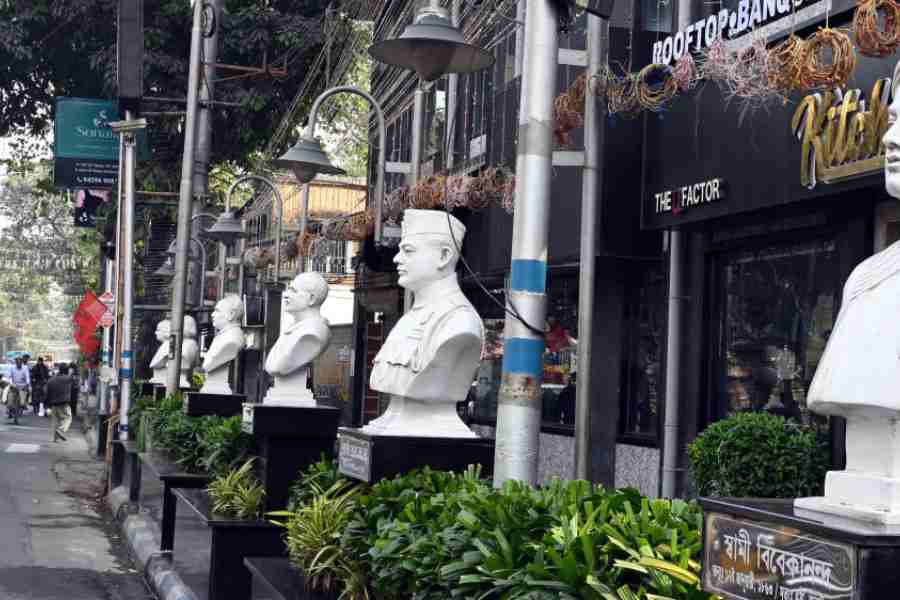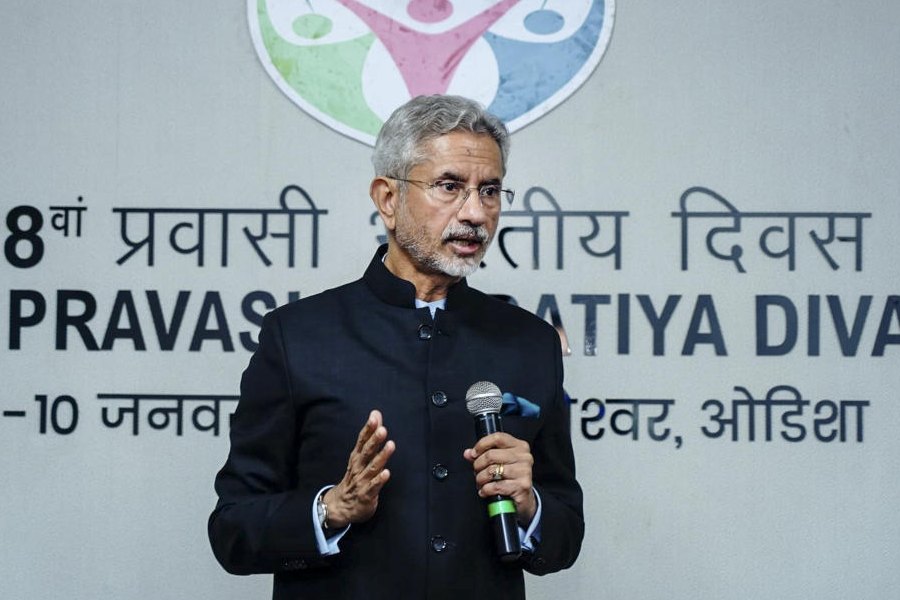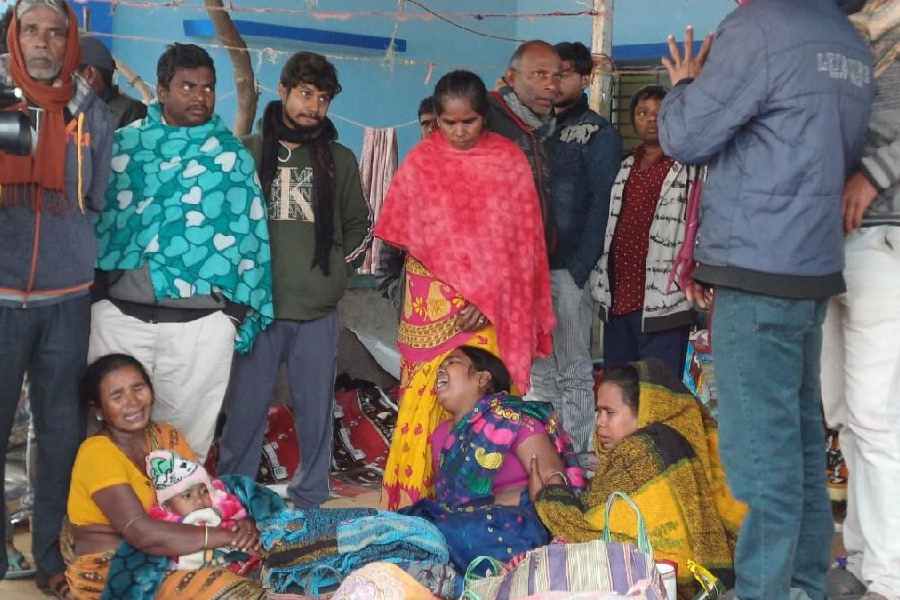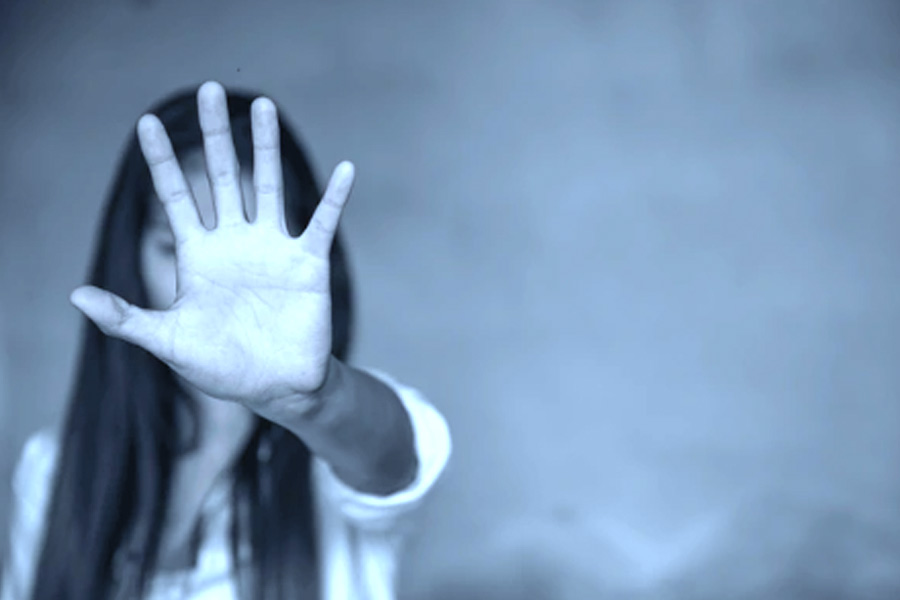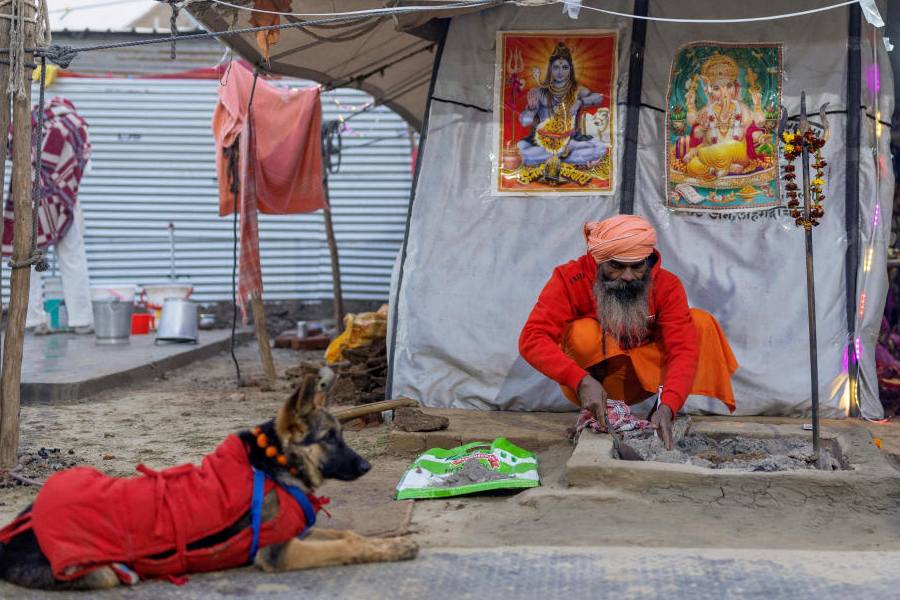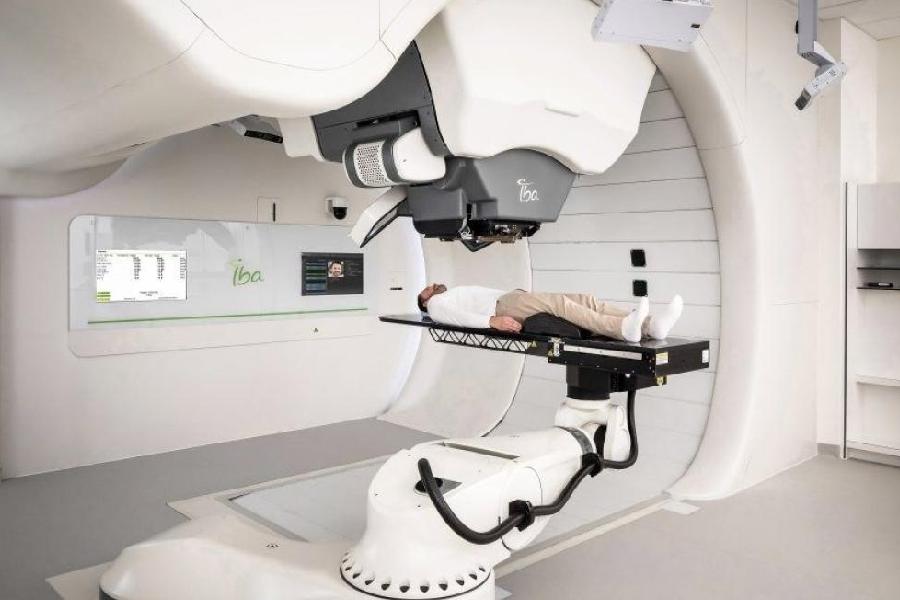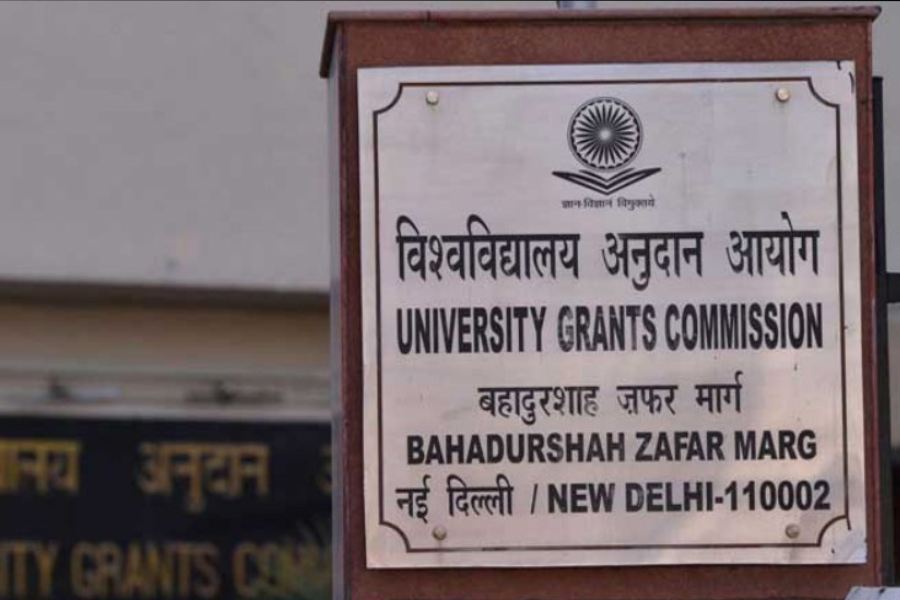The Kolkata Municipal Corporation has better things to think of than urban statuary. Beautification of the city through remarkable sculptures, found, for example, in Copenhagen’s The Little Mermaid, or the Bull and the Girl in New York — now separated — has never been a Calcutta tradition. Statues spring up randomly, some permitted by the KMC or their locations selected by it, while numerous others mushroom wherever the whim takes somebody. The statues of the raj were better planned, but although they have now been relocated, the tradition of depicting famous men has persisted. Calcutta has focused more on freedom fighters — in answer to the raj statues? — and added religious figures to them. The KMC’s reply to an inquiry lists 189 statues known to it added between 2013 and 2024. Religion has outstripped both culture and patriotism in the Calcuttan’s sensibility, since Swami Vivekananda heads the list with 24 statues, Tagore has 22 and Subhas Chandra Bose 21. Gandhi has six new statues — the Calcuttan is obviously more interested in Bengal and uncaring if this is called disproportionate, since Khudiram has five new statues too.
Calcutta’s sense of beauty is puzzling. There are monkeys and elephants, a football with legs and the city’s presiding deity carved here and there, probably with a feeling that the same makers can produce busts and full-length statues of famous people. Even when sculptors are given the job, they complain that no time is allowed for good work. Apparently, no planning is needed to beautify the city or care expended to make tributes memorable; it may even be asked what statues have to do with beauty. They should evoke respect and worship, the prized responses in an authoritarian society. It is no wonder, therefore, that women are hard to find — there are 32 statues — and the honours go to religious and altruistic figures, Sarada Devi and Mother Teresa.
It is not merely those who are included that indicate Calcutta’s attitudes but also those who are excluded or almost excluded. Ambedkar did not make it to the 189; there is an elision of personalities from the minority community and disadvantaged castes. Kazi Nazrul Islam and Maulana Abul Kalam Azad are exceptions to this disgraceful general rule. The dominant Calcuttan’s profile is hardly endearing from this account; inhabitants are certainly not aesthetically inclined. The mushrooming of statues of a few chosen figures suggests a tendency towards casual lip service offered to well-known icons rather than a serious effort to comprehend their example. What is the point of peopling the city with statues which even children hardly notice because there are too many of the same personalities? They offer landmarks and names of bus stops perhaps, and on occasion present their pedestal for birthday garlands. The last is a ritual, the only overt sign that respect must be paid. As the city continues to produce its statues, does it reflect on the nature of its relationship to them?

